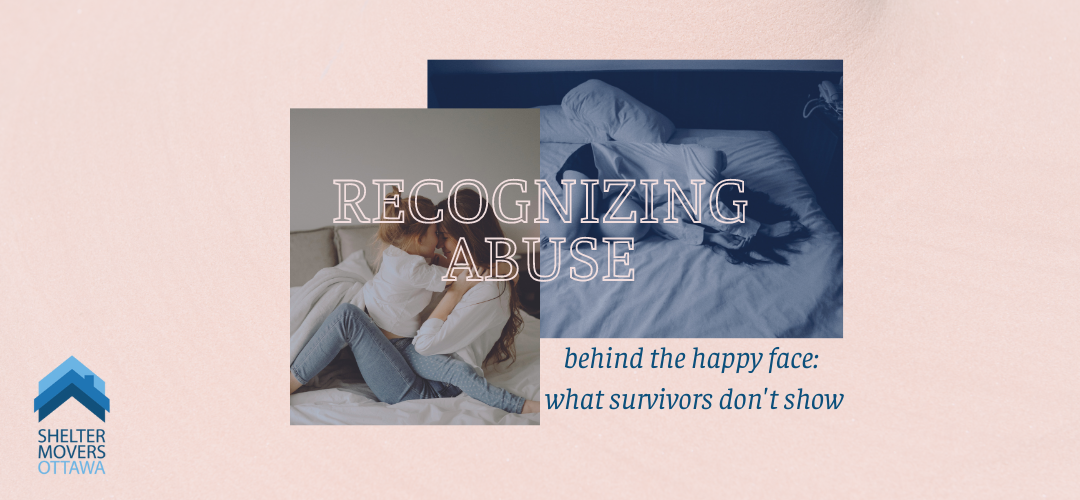Behind the happy faces of many survivors is an undercurrent of fear that they are trying to hide. Women are unlikely to report their abusers, which is why it is important to show your support for survivors. But how can we identify if someone needs help?
Warning signs that alert the presence of gender-based violence are not as apparent as we might think. In many circumstances, those affected are not even aware of the abusive pattern they’re trapped in, as abuse in an intimate relationship is not always direct physical or verbal abuse.
Gender-based violence, can take place in various forms, with physical violence as a further escalation. At first, it might appear in the form of psychological or emotional abuse – subtly. In the case of physical abuse, survivors often attempt to hide the signs in many ways, such as covering up their injuries.
Thus, it is challenging for us – as the bystanders, to detect red flags and offer help. If you suspect someone around you is suffering gender-based violence but you are uncertain, looking out for these signs can help you better assess the situation.
Recognizing Abuse: Physical Signs
Signs of physical violence are the most visible ones to detect. These may include black eyes, injured lips, sprained wrists, and bruises on arms, neck, or body. If asked, the survivor may also have weak explanations for these injuries, like an accident that led to a broken arm.
Survivors commonly hide these by wearing heavier clothes or makeup. If you notice someone frequently dresses inappropriately for the season, like long sleeves amid a summer heatwave, it could be a sign they are hiding injuries.
Recognizing Abuse: Emotional & Behavioural Signs
Physical signs, as a result of physical violence, tend to appear at a later stage when the abuse escalates. Before that, abusers often batter the mental health of survivors with financial, emotional, and psychological abuse. This leaves invisible wounds that run deep. However, emotional suffering is often underestimated, even by the one who is enduring it. Red flags can be seen in some changes in behavior.
Survivors being manipulated by an abuser often display the following symptoms in moments where their front of happiness falters:
- Continual alertness and anxiety
- Easily agitated and moody
- Talking in repeated phrases
- Lower self-esteem and confidence
- Meek and apologetic about small misunderstandings
- Loss of enthusiasm for beloved activities and hobbies
- Changes in sleeping patterns
- Drug and alcohol abuse
Abusers are manipulative
Abusers often isolate their partners, convincing them they cannot live properly without the abuser. Common tactics include keeping close tabs on their whereabouts, restricting their spending and demanding explanations for each purchase, and cutting them off from their families and friends.
Symptoms that someone is being abused in this manner include moments of sadness and withdrawn behavior. They might start cancelling meetings and appointments, especially at the last minute.
When it comes to matters associated with their partners, survivors may seem overly anxious. Getting nervous and becoming excessively well-behaved when their partners are nearby is a clear warning sign. Receiving endless calls, texts, or even being tracked by the partners, is another. Having to ask for permission to go anywhere or spend for anything, is another red flag.
Finally, while survivors might refer to their partners as “jealous” or “possessive,” they might still make excuses for their behaviour.
Violence is a matter of life and death. And, a society where we show no tolerance for it can never be built without every one of us – a part of this community, a bystander who stands up, voices the matters out, and supports the survivors. As more people are recognizing abuse in its various forms, they’ll have more supports when they are able to leave.
Looking for a way to help survivors now? Consider donating or volunteering with Shelter Movers.

